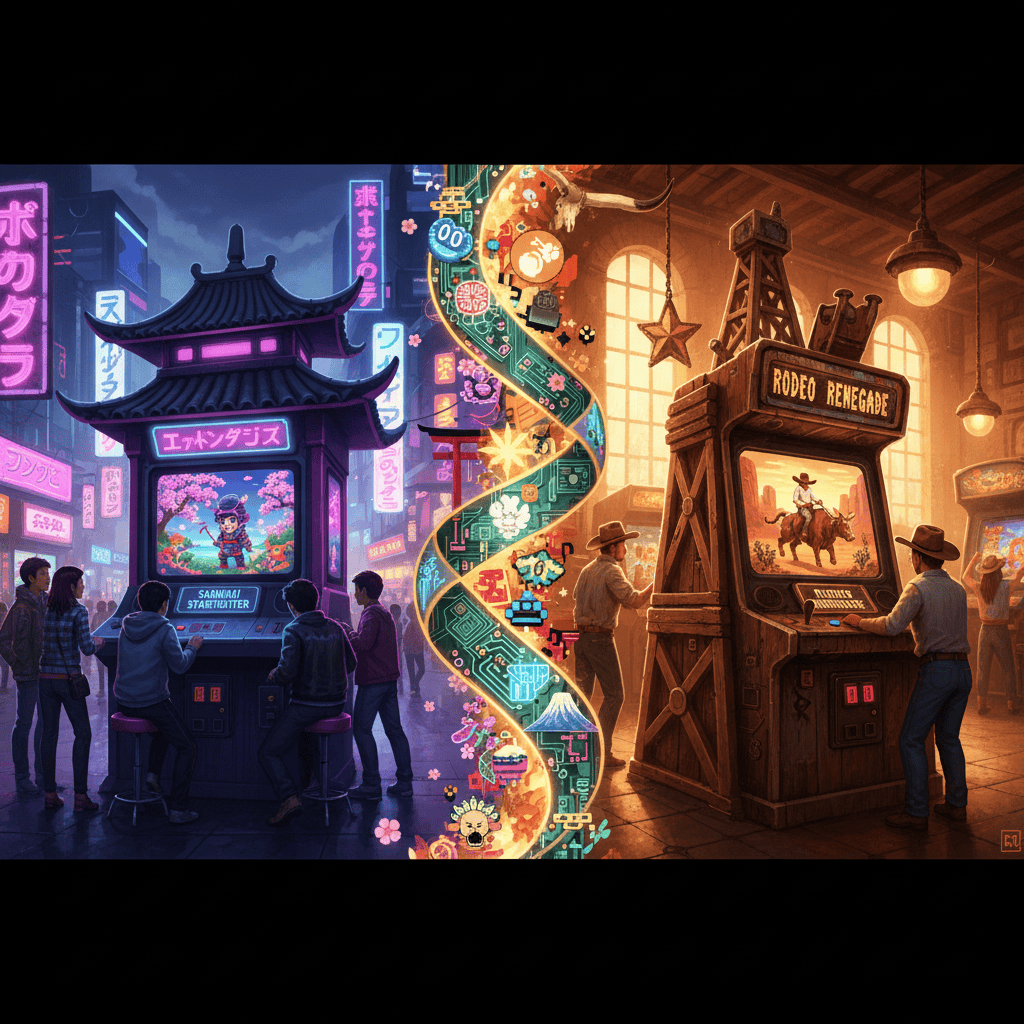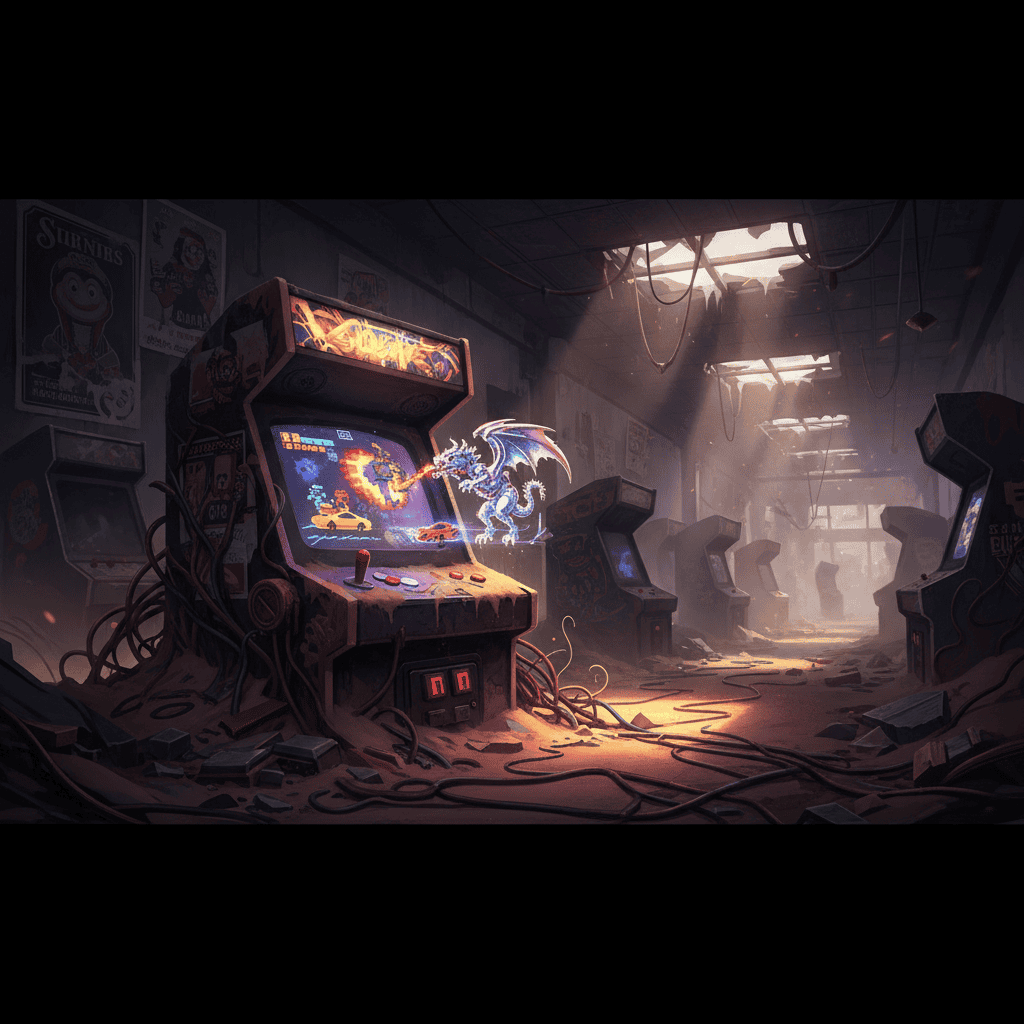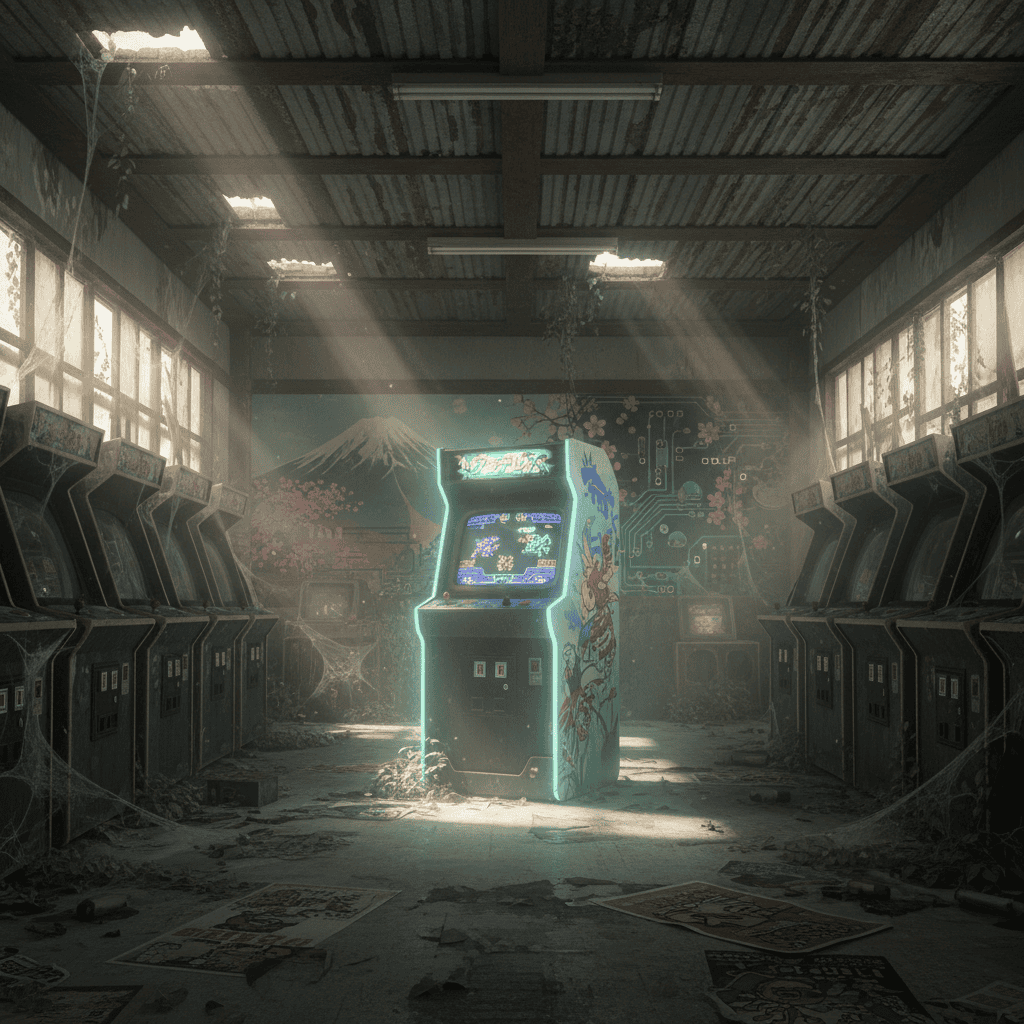The world of arcade gaming boasts a treasure trove of hidden gems, many lost to time or confined to specific geographical regions. This exploration delves into the fascinating history of regionally exclusive arcade classics, examining the factors that contributed to their limited release and the enduring appeal they hold for collectors and enthusiasts alike. The quest for rare arcade games often leads down unexpected paths, revealing a rich tapestry of cultural influences and innovative game design.
The Rise of Regional Exclusivity: A Cultural Tapestry
Several factors contributed to the proliferation of region-exclusive arcade games. One key element was the localized marketing strategies employed by manufacturers like Namco, Sega, and Taito. Games were often tailored to resonate with the specific tastes and preferences of target demographics in different countries. For instance, Japanese arcade games frequently featured unique themes, characters, and gameplay mechanics reflecting Japanese pop culture and anime aesthetics, creating a powerful sense of place and familiarity for local players. Conversely, American arcade cabinets often focused on themes rooted in Western culture and adventure, such as cowboys or sci-fi. This cultural divergence led to games that, while equally captivating, rarely crossed international borders.

Japanese Arcade Dominance: A Deep Dive into Tokyo’s Legacy
Tokyo, as a global hub for arcade innovation, stands out as a prime example of a region fostering unique game releases. Many Japanese arcade games never saw release in the West, often due to language barriers, cultural nuances, or differing market demands; exploring Japan’s lost arcades reveals a treasure trove of hidden gems. These Japanese arcade games often pushed the boundaries of technological capabilities and game design, resulting in titles that remain highly sought after by collectors. Imagine discovering a hidden cabinet in a forgotten Tokyo arcade, revealing a forgotten masterpiece with groundbreaking graphics and unique gameplay that has eluded Western players for decades. This is the allure of hunting rare arcade cabinets from this era.
The American Arcade Landscape: From Texas and Beyond
The American arcade scene, particularly in states like Texas, boasted its own unique flavor. While many popular titles found success globally, certain games were predominantly released within specific regions of the US. These American arcade games sometimes reflected regional themes or cultural touchstones. The sheer variety of titles available between coasts also contributed to a fragmented market, making specific games difficult to find outside their original locations. Consider the thrill of unearthing an obscure title, only available in a handful of Texas arcades in the 1980s, showcasing a uniquely American gameplay experience. This highlights the diverse history of Texas arcade game history.
The Global Hunt for Rare Arcade Games: A Collector’s Quest
The search for region-locked arcade games has become a passionate pursuit for many collectors. This involves navigating international markets, scouring online auctions, and forming connections within the global community of arcade enthusiasts. The process of importing arcade games can be challenging, requiring knowledge of logistics, customs regulations, and often significant financial investment. However, the reward of owning a rare piece of gaming history makes the endeavor worthwhile for dedicated collectors.
Where to Find Rare Arcade Games?
Locating rare arcade games requires persistence and resourcefulness. Online auction sites are a starting point, but direct connections with arcade owners and collectors are crucial. Attending gaming conventions and expos focused on retro gaming can also reveal hidden treasures. Remember that authenticating the authenticity of your acquisition is key – many counterfeit or modified machines exist.
People Also Ask
What are some examples of rare arcade games?
Numerous games remain elusive depending on region. Some prime examples include Japan-exclusive titles from the 80s and 90s. Similarly, several US-only releases from specific developers or regions have limited availability.
Why are some arcade games only available in certain regions?
Several factors contributed to regional exclusivity: localized marketing, cultural differences in appeal, differences in market size and profitability, and varying regulatory approval processes.

How much are rare arcade games worth?
The value of rare arcade games varies drastically based on scarcity, condition, and overall desirability among collectors. Prices can range from a few hundred to tens of thousands of dollars for truly exceptional pieces.
What makes an arcade game rare?
Rarity is determined by factors such as limited initial production runs, regional exclusivity, lack of preservation efforts over time and damage from age or location.
Where can I find region-exclusive arcade games?
Online auction sites, specialized collector forums, and attending retro gaming events can be great hunting grounds. Be aware of authenticity and the often steep price tag.
How can I tell a counterfeit arcade game from the real deal?
Research is crucial. Cross-reference your findings with known specifications, ROMs, images, and descriptions of genuine units.
Unlocking the Future of Region-Specific Gaming
The resurgence of retro gaming, coupled with the growing accessibility of digital distribution platforms, could reshape how we experience region-specific titles. Emulation and digital archives offer a pathway for players worldwide to access these hidden gems, democratizing access to a broader range of games previously inaccessible. We can anticipate a rise in virtual arcade experiences recreating the atmosphere and gameplay of these classic cabinets, offering a global audience a taste of gaming history that transcends geographical boundaries.
Key Takeaway: The hunt for regionally exclusive arcade games is more than just collecting; it’s a journey through gaming history, reflecting the diverse cultural influences and technological innovations that shaped the industry.
Unearthing the Hidden Gems: A Retrospective on Regionally Exclusive Arcade Classics




